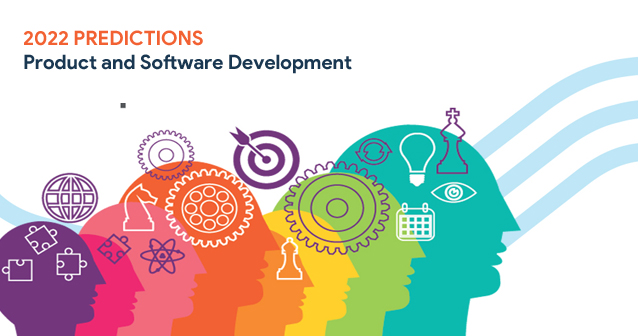The mobile app development industry is booming, driven by the widespread adoption of smartphones and the constant demand for innovative digital solutions. However, amidst the potential rewards lie inherent risks that can jeopardize the success of a mobile app project. Mentioned below are the risks and offer strategies to steer clear of potential pitfalls.
1. Inadequate Planning:
Starting a mobile app project without a comprehensive plan can lead to scope creep, budget overruns, and delayed timelines. Adequate planning involves defining clear objectives, functionalities, and a realistic timeline.
Solution: Conduct thorough market research and create a detailed project plan that outlines objectives, features, target audience, and a step-by-step development process. Set milestones and regularly review progress to ensure alignment with the initial plan.
2. Poor User Experience (UX):
Failing to prioritize user experience can result in high abandonment rates and negative reviews. Users expect intuitive interfaces, smooth navigation, and fast load times.
Solution: Invest in user-centric design and conduct usability testing to ensure your app is intuitive and user-friendly. Continuously gather feedback to refine the user experience.
3. Security Vulnerabilities:
Security breaches and data leaks can severely damage a company’s reputation and compromise user trust. Ignoring security measures puts user data at risk.
Solution: Implement robust security protocols, including encryption, secure authentication, and regular vulnerability assessments. Stay updated with the latest security practices and address potential vulnerabilities promptly.
4. Platform Compatibility:
Developing an app that works seamlessly across various platforms and devices is challenging. Ignoring platform-specific requirements can lead to performance issues and user dissatisfaction.
Solution: Opt for a cross-platform development framework or allocate resources to create separate versions for different platforms. Prioritize responsive design for optimal performance on various screen sizes.
5. Technical Debt:
Rapid development and shortcuts can accumulate technical debt, leading to future issues, maintenance challenges, and increased costs.
Solution: Prioritize clean and maintainable code practices from the start. Regularly conduct code reviews and refactoring to mitigate technical debt.
6. Budget Overruns:
Underestimating costs or failing to monitor expenses can lead to budget overruns and financial strain.
Solution: Create a realistic budget that covers development, testing, marketing, and post-launch maintenance. Include a contingency fund to account for unexpected expenses.
7. Lack of Testing:
Insufficient testing can result in bugs, crashes, and negative user experiences, leading to poor app ratings and decreased user engagement.
Solution: Implement rigorous testing throughout the development cycle, including functional, performance, security, and usability testing. Address identified issues promptly.
In conclusion, the mobile app development industry offers immense opportunities, but it’s not without its risks. By proactively identifying and addressing potential challenges, developers can steer their projects toward success. Adequate planning, user-centric design, robust security measures, and ongoing testing are essential components of a risk-mitigation strategy. With the right approach, mobile app developers can navigate these risks and deliver exceptional app experiences that drive user engagement and business growth.






